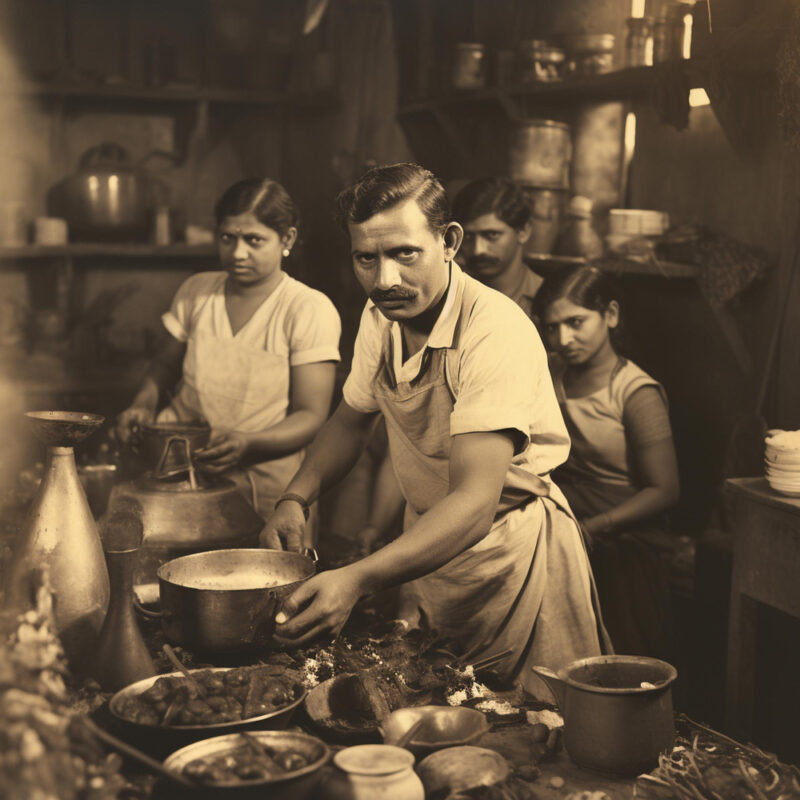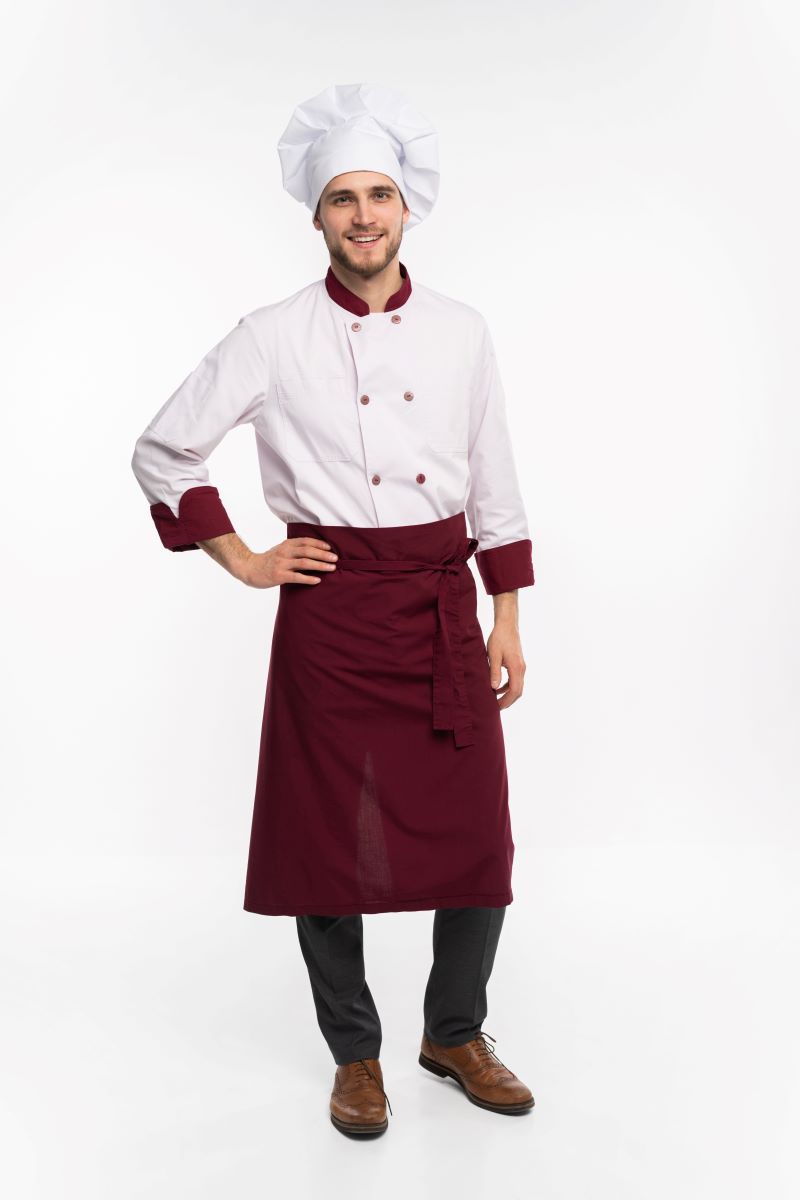Sustainability in the culinary world is about more than just sourcing local, organic produce or minimizing food waste. It extends to the very attire that chefs wear while concocting their gastronomic creations. The traditional chef uniform, while iconic, may not always be synonymous with environmental friendliness. However, the tide is turning with the introduction of eco-friendly fabrics that are making chef uniforms sustainable, too.
The Evolution of Chef Uniforms
Historically, chef uniforms have been made from cotton or polycotton blends, chosen for their durability and relatively low cost. The problem with traditional cotton is that it requires a significant amount of water and pesticides to grow, making it less than ideal for the environment. Polycotton blends, on the other hand, incorporate polyester, which is a petroleum-based fiber, contributing to the industry’s carbon footprint.

The Rise of Eco-friendly Fabrics
Thankfully, the fashion industry’s pivot towards sustainability has spilled over into culinary attire. Materials like organic cotton, hemp, Tencel, and recycled polyester are revolutionizing the chef-wear industry. Here’s how:
- Organic Cotton: This is grown without harmful pesticides or synthetic fertilizers, making it a more sustainable alternative to conventional cotton. It uses less water and is generally kinder to the ecosystem.
- Hemp: Hemp is a powerhouse of sustainability. It grows quickly, doesn’t require pesticides, and actually returns nutrients to the soil. It’s also highly durable, which means hemp chef coats and aprons last longer.
- Tencel: Made from wood pulp, Tencel is biodegradable and produced in a closed-loop system that recycles almost all the water and solvents used during the manufacturing process.
- Recycled Polyester: This is made from post-consumer plastic bottles, reducing plastic waste. It has a lower carbon footprint than virgin polyester and can be continuously recycled.
The Benefits of Sustainable Chef Wear
The shift to eco-friendly fabrics in chef uniforms is not just good for the planet; it has practical benefits for the chefs who wear them:
- Comfort: Many sustainable fabrics are more breathable and comfortable, especially in the heat of the kitchen.
- Durability: Natural fibers like hemp are incredibly durable, meaning uniforms don’t need to be replaced as often.
- Positive Brand Image: Chefs and restaurants that adopt sustainable uniforms send a message of environmental responsibility, enhancing their brand image.

The Future is Green
The culinary industry is increasingly aware of its environmental impact. From farm to table—and now, to what the chef is wearing—the movement towards sustainability is becoming all-encompassing. Eco-friendly chef uniforms are just one more step in the right direction, a commitment to a greener planet that doesn’t sacrifice quality or functionality.
As consumers become more environmentally conscious, they’ll likely appreciate and support establishments that embody these values in every aspect, including what’s worn in the kitchen. The trend towards sustainable chef wear is not just a passing fad; it’s a reflection of a broader shift towards environmental stewardship in the culinary world.

